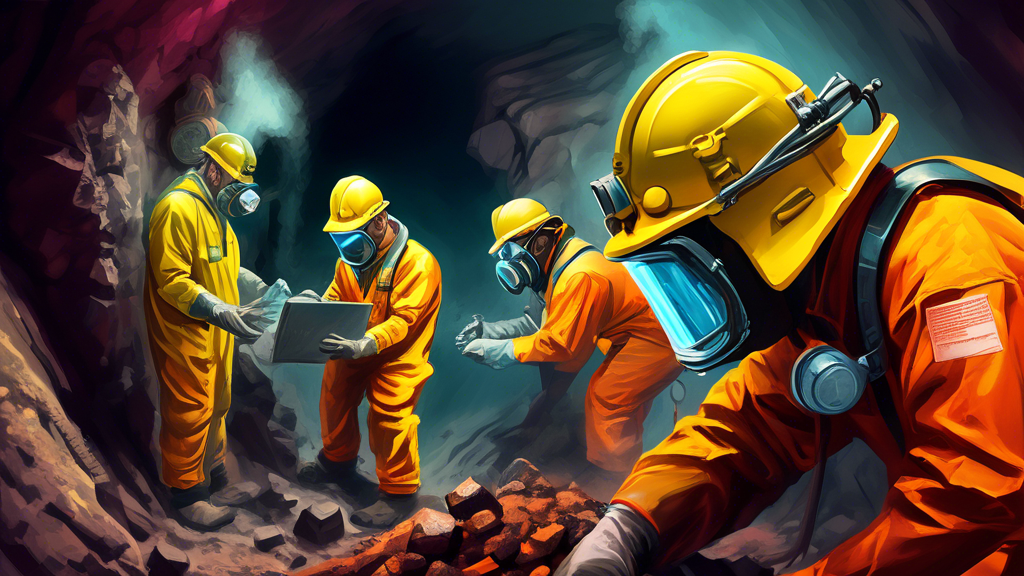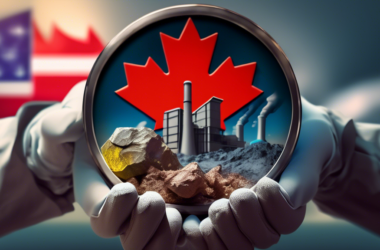Table of Contents Show
The Importance of Worker Safety in Uranium Mining
Uranium mining is a critical industry that provides the raw materials necessary for nuclear power generation. However, the process of extracting uranium from the earth can pose significant risks to the health and safety of workers involved in mining operations. Ensuring worker safety in uranium mining is of utmost importance to prevent accidents, injuries, and long-term health consequences.
Radiation Exposure Risks
One of the primary concerns in uranium mining is the potential for workers to be exposed to ionizing radiation. Uranium ore contains radioactive materials that can emit harmful radiation, which can cause damage to human cells and lead to an increased risk of cancer and other health problems. To mitigate these risks, miners must be provided with adequate personal protective equipment (PPE) such as respirators, protective clothing, and dosimeters to monitor radiation exposure levels.
Implementing Radiation Safety Protocols
Uranium mining companies must establish and enforce strict radiation safety protocols to minimize worker exposure. This includes regular monitoring of radiation levels in the work environment, implementing proper ventilation systems to reduce the concentration of radioactive particles in the air, and providing thorough training to workers on radiation safety procedures. Additionally, workers should undergo regular medical check-ups and radiation exposure assessments to identify any potential health concerns early on.
Physical Safety Hazards in Mining Operations
In addition to radiation risks, uranium mining also presents various physical safety hazards. These include the risk of cave-ins, rock falls, and equipment-related accidents. To ensure worker safety, mining companies must adhere to stringent safety regulations and best practices.
Maintaining Safe Working Conditions
Regular inspections and maintenance of mining equipment and infrastructure are crucial to prevent accidents and ensure the structural integrity of the mine. Workers should receive comprehensive safety training on the proper use of equipment, emergency response procedures, and communication protocols. Clear signage, warning systems, and emergency evacuation plans should be in place to help workers quickly respond to any potential hazards or accidents.
Long-Term Health Monitoring and Support
The effects of uranium mining on workers’ health may not always be immediately apparent. Long-term exposure to radiation and other hazards can lead to the development of chronic health conditions such as lung cancer, silicosis, and kidney damage. Mining companies have a responsibility to provide ongoing health monitoring and support to their workers, even after they have left the industry.
Implementing Occupational Health Programs
Comprehensive occupational health programs should be established to track the health of uranium miners over time. This includes regular medical check-ups, access to healthcare services, and compensation for work-related illnesses or injuries. Collaborations with healthcare providers and research institutions can help identify potential health risks and develop strategies for early detection and intervention.
Ensuring worker safety in uranium mining operations requires a multi-faceted approach that addresses both immediate safety hazards and long-term health risks. By implementing robust safety protocols, providing adequate protective equipment, and investing in ongoing health monitoring and support, the uranium mining industry can prioritize the well-being of its workers while meeting the global demand for nuclear energy.










